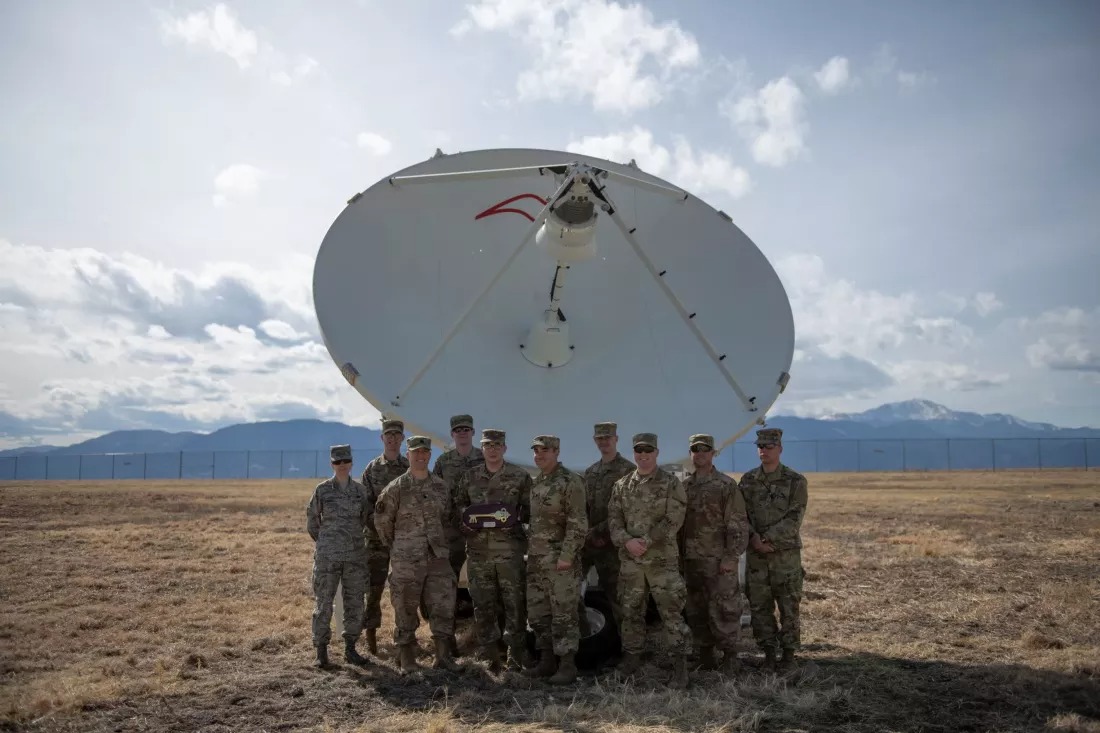The U.S. military-industrial complex continues to develop space warfare technologies, adapting to world events. While Russia is developing a high-altitude nuclear weapon to disable enemy communications using electromagnetic radiation, Washington has announced a weapon with a similar purpose, but without the chaotic effects.

The U.S. military is deploying the latest Remote Modular Terminal satellite jammers capable of disabling Russian or Chinese communications. Although this is ground-based equipment, its installation and operation is controlled by the U.S. Space Force. The first prototypes of the new technology have already been tested in two different locations. The U.S. Department of Defense has allocated funds for the construction of 24 remote installations, of which 11 are planned to be deployed by the end of the year.
This device is for the defense of U.S. troops, not for preventive measures. A representative from the Space Force’s Rapid Capabilities Office said they were low-cost jammers that could be deployed in harsh environments to protect the military. They are used to counter enemy satellite communications that facilitate attacks.
Remote Modular Terminal won’t replace previous technologies such as Counter Communications System and Meadowlands. The new system will complement the old ones by providing remotely operated systems that the Space Force can quickly redeploy when needed.
The U.S. and its allies need countermeasures against space attacks that don’t involve destroying satellites. Using jammers is more “responsible” than detonating a nuclear device in space. The purpose of jammers is to temporarily disable communications, not destroy them.
Victoria Samson, chief director of the Secure World Foundation, said that these systems were offensive counterspace assets that were reversible, temporary, but most importantly, non-escalatory, because they allowed to deny who was the initiator in unleashing the conflict.
The U.S. Department of Defense believes that the lack of adequate military technology creates an image of an easy target. However, the step could be perceived as aggressive, which could provoke an escalation of conflict in regions such as Taiwan and Ukraine, given the tensions with Russia and China.
Earlier we told you about what Russian satellites saw.
According to bloomberg.com


